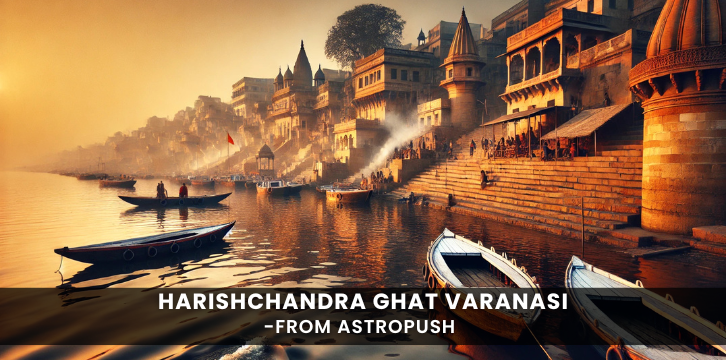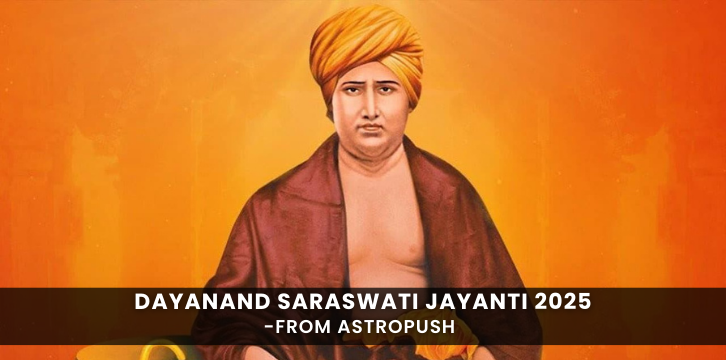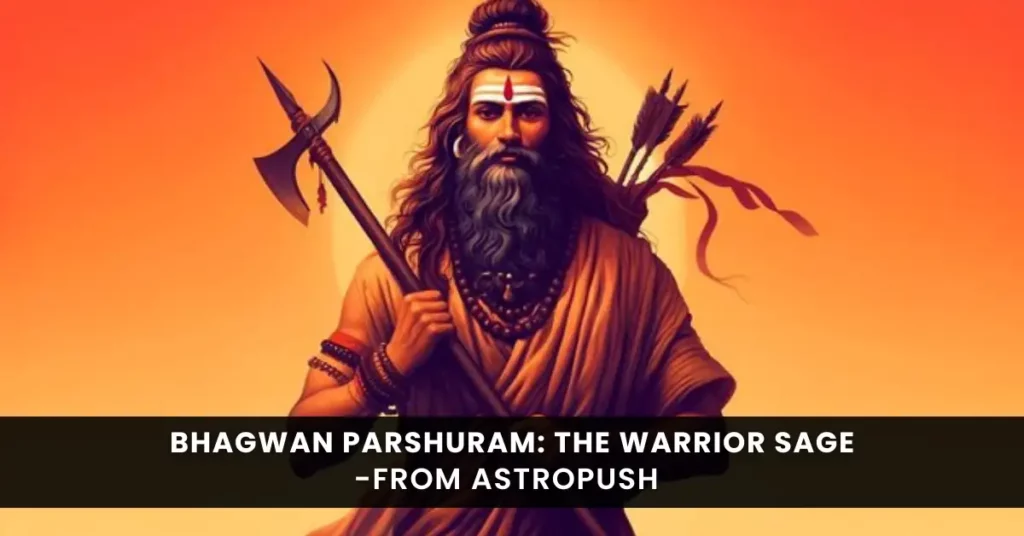Harishchandra Ghat Varanasi is one of the most ancient and sacred ghats in the holy city of Varanasi. This ghat holds historical and spiritual significance, where people have performed cremation rituals for centuries. It holds a deep connection to Hindu beliefs and traditions, making it a significant spot for those seeking spiritual enlightenment. Located along the banks of the sacred River Ganges, Harishchandra Ghat carries an aura of devotion and liberation, where many people come to perform the last rites of their loved ones.
The Legend Behind Harishchandra Ghat
Cremation Rituals at Harishchandra Ghat
Unlike other ghats in Varanasi, Harishchandra Ghat primarily serves as a cremation site. Hindus believe that cremation at this ghat ensures salvation (moksha) and frees the soul from the cycle of rebirth. The sacred flames of the funeral pyres have burned for centuries without ever being extinguished. Many families from different parts of India bring their deceased loved ones here for their final journey, believing that the holy Ganges will purify their souls.
The cremation process follows traditional Hindu rituals, with priests chanting Vedic mantras as they place the body on a pyre and set it alight. They later immerse the ashes in the Ganges, signifying the body’s return to nature. This practice, despite being deeply spiritual, also attracts many tourists who wish to understand the culture and traditions of Varanasi.
Harishchandra Ghat and Dom Community
The Dom community has played a vital role in the cremation rituals at Harishchandra Ghat for generations. The Dom community manages the funeral pyres and ensures the proper performance of all last rites. Despite their essential role in Hindu traditions, society has historically marginalized them. However, their contribution to Varanasi’s religious practices remains undeniable. They possess immense knowledge of ancient cremation rituals and actively preserve the spiritual customs of the ghat.
Spiritual and Religious Significance
Harishchandra Ghat Varanasi is not just a cremation ground but also a deeply spiritual place. Devotees and pilgrims visit this ghat to pay their respects and seek blessings. Many spiritual seekers believe that meditating near the ghat helps in attaining peace and detachment from worldly attachments. Several ashrams and temples nearby provide a tranquil space for prayers and meditation.
Varanasi itself is known as the city of Moksha, where people come to seek liberation from the cycle of life and death. Harishchandra Ghat adds to this belief by serving as a gateway to the afterlife for those who take their final journey here.
Also Read – Gangaur Puja: A Festival of Devotion and Prosperity
Harishchandra Ghat vs. Manikarnika Ghat
While Harishchandra Ghat serves as an important cremation site, people often compare it to Manikarnika Ghat, the most famous cremation ground in Varanasi. Both ghats facilitate the same rituals, but Manikarnika Ghat remains larger and busier. However, families find Harishchandra Ghat more peaceful and less crowded, allowing them to perform last rites in a relatively calm environment. Many also believe that cremation at Harishchandra Ghat brings special blessings due to its association with King Harishchandra’s sacrifice.
A Place of Cultural and Historical Importance
Harishchandra Ghat is not just a religious site but also a place of cultural and historical value. Many scholars and historians have studied its significance, trying to understand the deep-rooted traditions that continue to thrive here. The ghat has been mentioned in various ancient texts and scriptures, further proving its importance in Indian heritage.
Tourists, both Indian and foreign, visit Harishchandra Ghat to witness the rituals and explore the spiritual atmosphere of Varanasi. Photographers, documentary makers, and researchers find this place intriguing, as it showcases the cycle of life and death in a raw yet profound manner.
The Influence of Harishchandra Ghat on Literature and Arts
Harishchandra Ghat has been an inspiration for many poets, writers, and filmmakers. Its raw depiction of life and death has been beautifully captured in various literary works, adding to its cultural significance. Prominent Indian and foreign writers have described the ghat as a place where philosophy and reality meet, making it a subject of many thought-provoking narratives.
Indian cinema has also portrayed Harishchandra Ghat in films exploring themes of karma, destiny, and the afterlife. Documentaries and photography projects frequently highlight the unique atmosphere of the ghat, aiming to capture its essence for those who have never visited. The visuals of burning pyres, mourning families, and the flowing river create powerful imagery, leaving a lasting impression on audiences worldwide.
The Architectural and Scenic Beauty of Harishchandra Ghat
While Harishchandra Ghat Varanasi is famous for its cremation rituals, its unique architectural charm also stands out. Centuries of use have worn down the steps leading to the river, telling stories of generations who arrived here for their final journey. Unlike other ghats in Varanasi, which feature temples and vibrant structures, this ghat maintains a more minimalistic appearance, reflecting the solemnity of the rituals performed here. The raw and rustic setting creates a deep emotional impact on visitors, emphasizing the transient nature of life.
The scenic beauty of the ghat is enhanced by the River Ganges, which flows gracefully alongside. During sunrise and sunset, the sky paints a breathtaking view, offering a moment of reflection for those who visit. Pilgrims and travelers often sit by the ghat, observing the river’s silent flow, which represents the eternal passage of time. The sight of diyas (oil lamps) floating in the river during evening prayers adds a touch of serenity to the otherwise intense atmosphere of the ghat.
Also Read – Surya Mantra: The Power of the Sun in Vedic Tradition
Astrology and Spiritual Guidance in Varanasi
Varanasi is not just known for its spiritual significance but also for its deep connection to astrology. Many people visit the city to consult astrologers and seek guidance about their future. At AstroPush, we offer various astrology-related services like chat with astrologer online free, talk to astrologer online free, free kundli, free horoscope prediction, kundli matching, numerology, panchang calendar. You can contact the best astrologer in India anytime through our application to receive accurate and insightful predictions.
Astrology has always been a part of Hindu beliefs, guiding individuals in their personal and spiritual journeys. Many visitors in Varanasi look for astrological advice regarding life, relationships, and destiny, believing that such guidance can help them make better decisions.
Conclusion
Harishchandra Ghat Varanasi stands as a testament to India’s deep-rooted traditions and spiritual values. It is a place where faith, history, and devotion come together to create an environment of profound significance. While it primarily serves as a cremation ground, its importance goes beyond that. The ghat reminds people of the virtues of truth, sacrifice, and liberation, making it a unique and sacred location in Varanasi.
Visiting Harishchandra Ghat is not just about witnessing rituals; it is about understanding the deeper meaning of existence and embracing the journey of the soul towards liberation.
Download the application on PlayStore and AppStore now!





